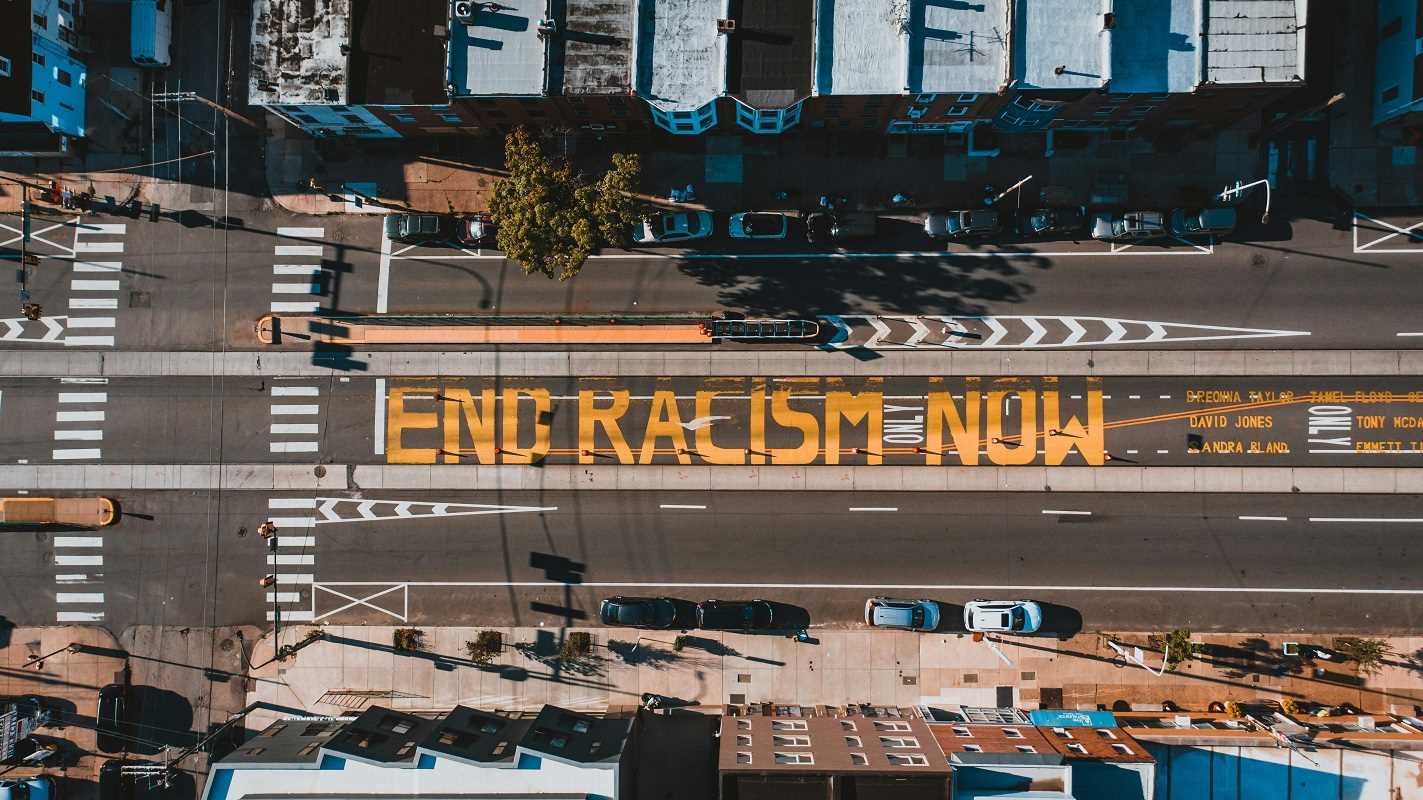Building a community where everyone feels valued, respected, and included isn’t just an ideal; it’s necessary. Local groups, whether they’re neighborhood associations, hobby clubs, or volunteer organizations, often play a pivotal role in shaping the culture and attitudes of the communities they serve. But when racism or prejudice infiltrates these spaces, it fractures the group and stymies the progress of the entire community. Addressing these issues requires courage, empathy, and a commitment to meaningful change.
Here’s a guide to identifying prejudice, fostering inclusivity, and building local groups rooted in respect and equity.
Why Inclusivity Matters
For many, local groups are more than just a place to pursue a cause or activity. They’re a safe space to connect, share different viewpoints, and celebrate differences. When racism or other forms of prejudice go unaddressed, these groups become exclusionary, eroding trust and alienating valuable members.
Inclusivity isn’t just about “being kind” or avoiding offense. It’s about creating a space where diverse perspectives are heard and valued. A community that is inclusive is also stronger, more creative, and better equipped to solve collective challenges. When everyone feels they belong, inequities lessen, and collaboration thrives.
Step 1: Acknowledge There’s a Problem
The first step in addressing racism or prejudice is admitting it might exist, even in places where intentions are good and members feel they “don’t see race.” Denying or dismissing the possibility of bias often perpetuates harm and drives deeper divides. Recognizing prejudice isn’t about assigning blame but about acknowledging realities that may need thoughtful attention.
Signs of Prejudice in Local Groups
- Certain voices dominate discussions while others remain unheard.
- A lack of diversity in leadership positions or decision-making roles.
- Subtly dismissive or harmful language toward specific groups, even if said casually.
- Individuals raising concerns about microaggressions or unequal treatment.
Keep in mind, bias is rarely overt. It often hides behind phrases like “That’s not how things are done here,” or “We don’t have those kinds of issues.” Listening closely and observing group dynamics can help uncover underlying problems.
Step 2: Create an Open and Safe Space for Dialogue
Once you’ve identified prejudice at play, the next step is creating an environment where honest conversations can take place. This isn’t easy. It means engaging with discomfort and tackling sensitive topics, but meaningful change starts with open dialogue.
Practical Tips for Starting the Conversation
- Establish Ground Rules. Create a space where participants feel safe expressing their thoughts. Focus on respect, active listening, and avoiding personal attacks.
- Bring in a Neutral Facilitator. If tensions are high or topics are complex, consider an external moderator trained in diversity, equity, and inclusion (DEI) workshops.
- Acknowledge Discomfort, but Don’t Avoid It. Conversations about racism are rarely comfortable. Normalize these feelings and remind the group that growth often comes from discomfort.
- Set a Tone of Accountability. Make it clear that the goal is to learn, grow, and improve together—not place blame or point fingers.
Encourage participants to share their own experiences and reflect on how their words and actions impact others. Empathy is best learned through personal stories and face-to-face interaction.
Step 3: Educate and Address Misconceptions
Ignorance often fuels prejudice. Many times, offensive comments or actions stem not from malice, but from a lack of understanding or exposure to different perspectives. Education is a critical component of resolving bias.
Educational Strategies
- Host DEI Workshops. Bring in professionals who specialize in addressing racism and promoting inclusivity. Workshops can offer strategies for combating bias and foster a deeper understanding of privilege, systemic inequality, and cultural differences.
- Share Resources. Provide books, articles, films, and podcasts that address issues of racism. Some excellent starting points include works by authors like Ibram X. Kendi or Robin DiAngelo.
- Correct Language and Behavior Politely, But Firmly. If someone uses an outdated or offensive term, explain why it’s problematic without shaming them.
The goal here isn’t to “teach someone a lesson” but to broaden perspectives and equip individuals with the tools to do better.
Step 4: Take Action to Build an Inclusive Culture
It’s not enough to just talk about change. Local groups must actively work to create an inclusive environment for all members. Words need to be backed by policies, practices, and intentional actions.
Practical Ways to Foster Inclusivity
- Diversify Leadership. Representation matters. Ensure that leadership reflects the diversity of the community.
- Create Transparent Policies. Draft clear codes of conduct that explicitly address bias, discrimination, and inclusion. Make it known that racism will not be tolerated.
- Review Recruiting Practices. If your group relies heavily on word-of-mouth or closed circles for new members, you might inadvertently be excluding underrepresented groups. Actively recruit from different corners of the community.
- Celebrate Diversity. Organize events that acknowledge and honor cultural differences, such as heritage days or multicultural potlucks.
Inclusivity isn’t a checklist. It’s an ongoing commitment that should be woven into the fabric of every decision and action the group takes.
Step 5: Hold Everyone Accountable
Building an equitable group requires accountability at every level. Call out behaviors or actions that go against your inclusivity principles, even if they seem minor. Silence often perpetuates harm.
Accountability Strategies
- Encourage Self-Reflection. Ask members to reflect on their own biases and the ways they might unintentionally exclude others.
- Follow Through on Reports of Racism. If someone flags prejudice, address it swiftly and fairly. Glossing over issues can lead to mistrust or a toxic culture.
- Regularly Reevaluate Group Goals. Check in to see if your inclusivity goals are being met and adjust strategies as needed.
Accountability isn’t about perfection, but progress. It shows that the group is serious about creating change.
Step 6: Focus on Long-Term Impact
Resolving racism and prejudice isn’t a one-time effort. It’s a continuous evolution. Commit to maintaining an inclusive and respectful community by making diversity and equity part of your group’s long-term identity.
Ways to Ensure Sustainability
- Appoint Inclusivity Ambassadors. Designate members to oversee inclusion efforts and keep the group aligned with its goals.
- Measure Progress. Use feedback surveys, DEI assessments, or community input to evaluate how well you’re fostering inclusivity.
- Lead by Example. Show other local groups what’s possible by setting the standard for positive change.
Change takes time, but every step forward contributes to building a community where everyone belongs.
Addressing racism and prejudice in local groups requires honesty, empathy, and action. It’s about committing to the hard work of listening, learning, and growing together. While the process may feel daunting, the result is a community that thrives on respect and connection.
 (Image via
(Image via





